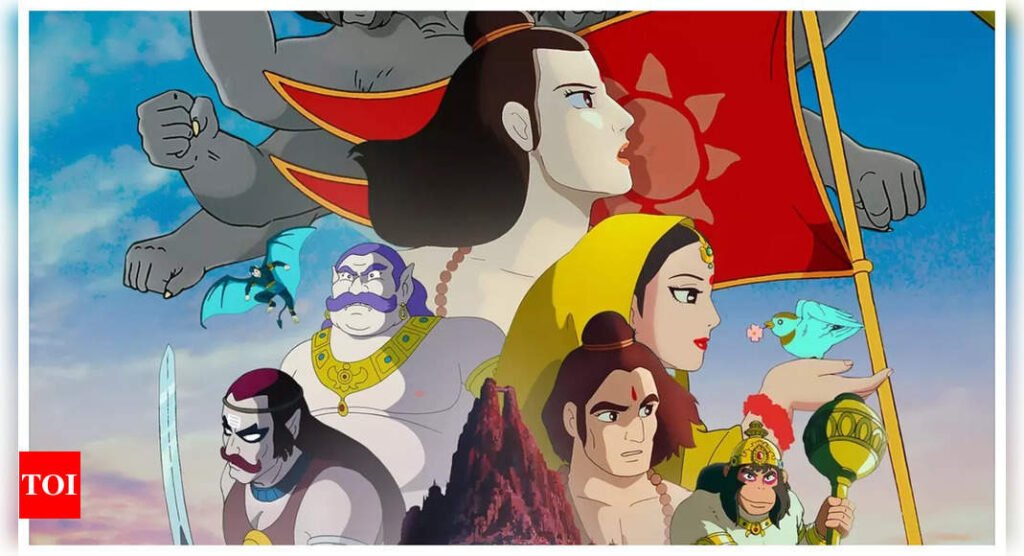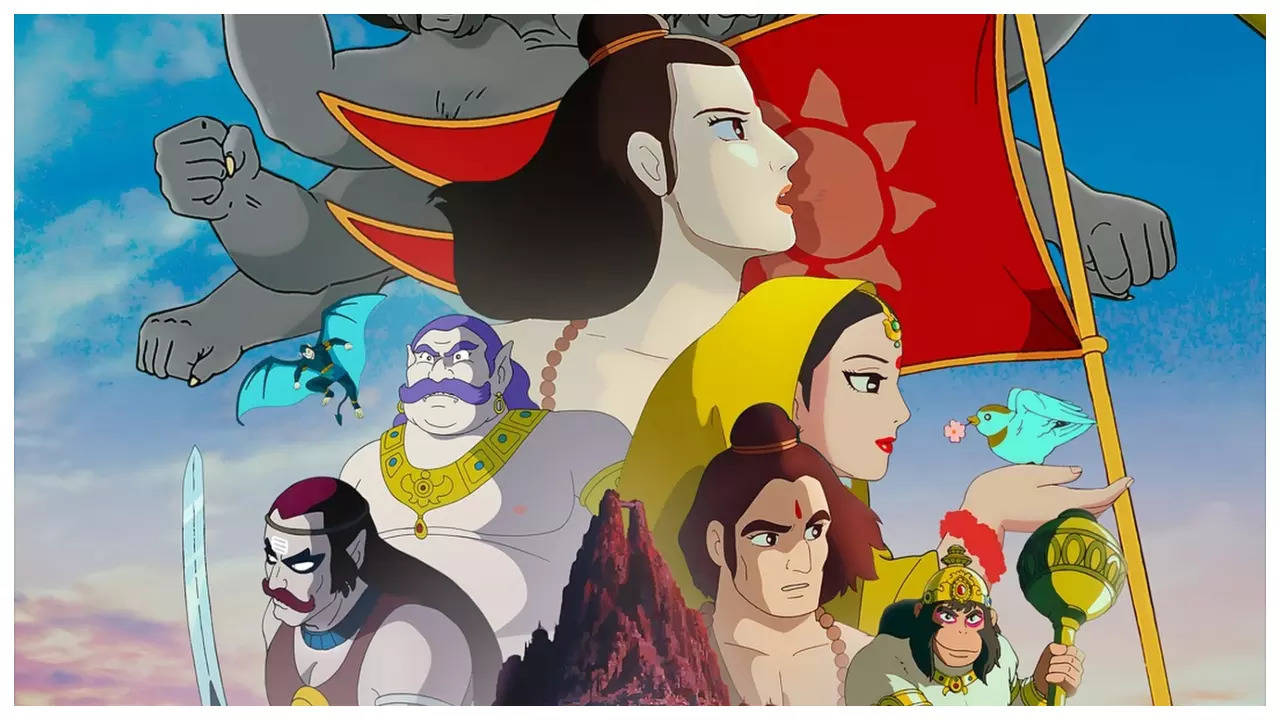“A tale as old as time, and forever alive in every heart.Ramayana: The Legend of Prince Rama is coming to theatres across India in Hindi, Tamil, Telugu, and English on October 18,” read the post.
‘Ramayana: The Legend of Prince Rama.’ got recognition on a global scale when it made its debut at the International Film Festival of India in 1993. However, there were concerns about its Japanese production, animated depictions of Hindu gods amid the volatile political and communal climate following the 1992 Babri Masjid riots. There was a risk that the movie might not go down well with India’s religious fabric.
Talking more about the film, the respective project has creative inputs from screenwriter V. Vijayendra Prasad, who is recognized for ‘Baahubali,’ ‘Bajrangi Bhaijaan,’ and ‘RRR.’ It was directed by Koichi Sasaki and Ram Mohan, and has music by Vanraj Bhatia,
After 31 years now the movie is re-releasing, Arjun Aggarwal, co-founder of Geek Pictures India, expressed his enthusiasm, stating, “The Ramayana in anime is a groundbreaking testament to the strength of Indo-Japan collaborations. This fresh, dynamic portrayal of the timeless legend of Ram will undoubtedly strike a chord with audiences across all regions and age groups.”


